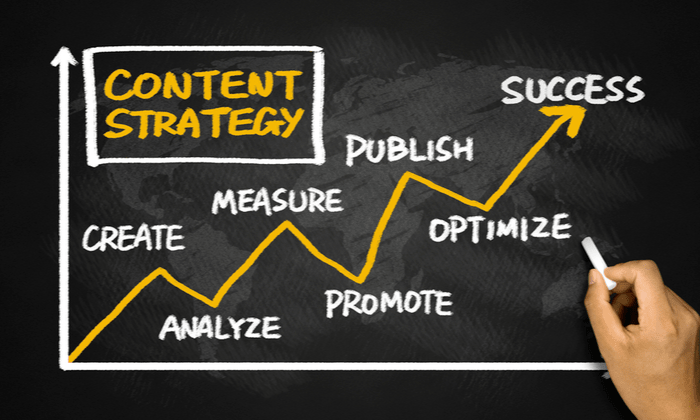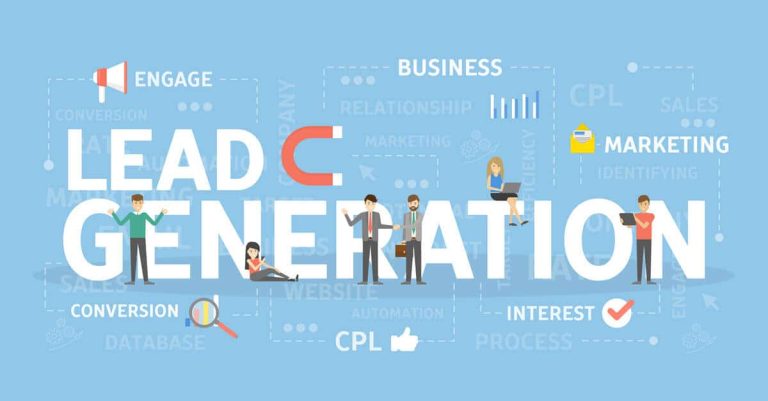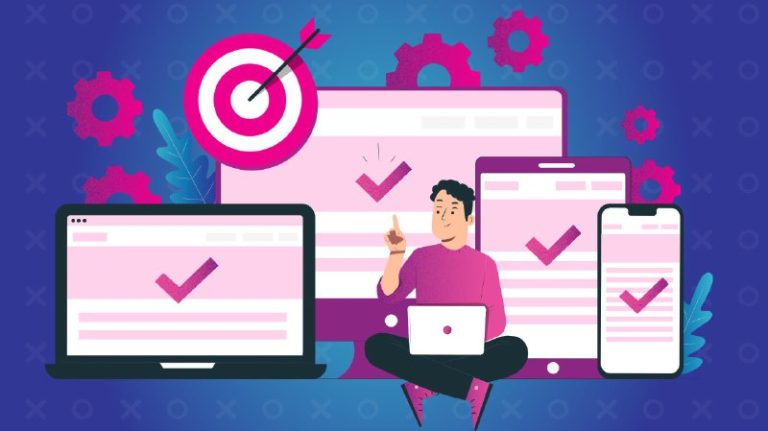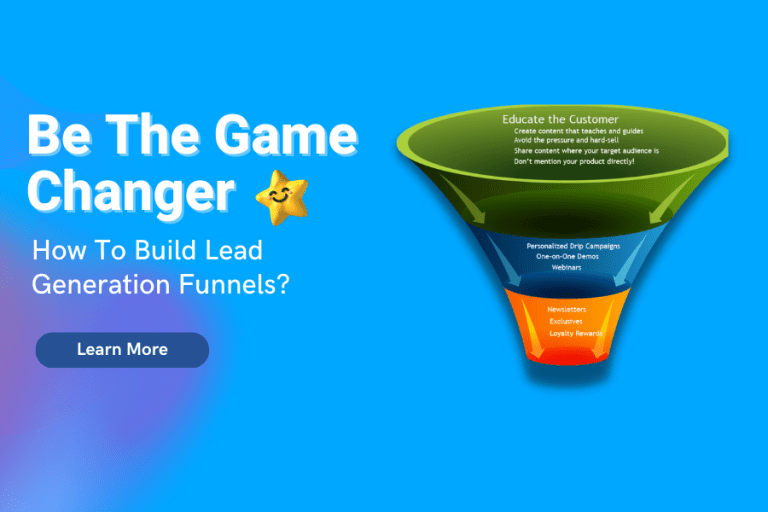5 Steps To Build Demand Generation Strategy
If you are reading this blog, it’s fair to say that you probably have a few questions about demand generation.
People frequently inquire, “What exactly is that, and how do you build it?”
A common misconception about demand generation is that it’s about creating demand for a product, as the name itself suggests, right?
But the fact is, creating demand is more than that.
What is Demand Generation?

As the marketing team matures, it begins to realize that even its most sophisticated SEO strategies aren’t paying off.
At some point, the audience’s curiosity has to turn into a customer’s. They do this through ‘Demand Generation.’
Demand generation marketing is a powerful way to increase brand awareness, increase website traffic, and secure new leads. It’s the antidote to the silos between sales and marketing teams.
So if you want to generate a complete and healthy list of potential customers, read this article carefully.
Top 5 Essential Steps To Build Demand Generation Strategy In 2022
Let’s talk about five key steps required for building a successful B2B demand generation strategy:
1. Raise Awareness

In today’s highly competitive sales and marketing environment, brand recognition is critical to maintaining a consistent stream of quality leads.
It may seem easy, but building brand awareness is more than just grabbing the attention of potential buyers.
Furthermore, businesses should prioritize genuine customer reviews. This is to help buyers narrow their focus by providing concise product summaries provided by their peers.
Individual reviews serve real-world, relevant, and honest consumer feedback free from marketing hype.
Note: Overall, customer reviews provide a high level of insight that helps shoppers quickly filter through the vast array of products available.
2. Develop Your Content Strategy

Along with brand recognition, companies’ knowledge of content strategy is a key factor in reliable demand generation.
Providing content that answers buyers’ questions and concerns as they move through the buying process help build buyers’ confidence and brand credibility.
These customers will remember your brand as a market leader and see your business as an expert in meeting their future needs.
If you have marketing resources, develop curated or personalized content to meet the needs of specific types of high-value leads.
These could be the prospects who are most trustworthy in terms of conversion or the ones who are willing to put the most money into your business.
3. Nurture Quality Leads

Healthy and reliable demand generation requires a complete lead nurturing strategy, from initial contact to the decision to purchase.
Marketing teams need to work with sales throughout the buying process and listen to buyers’ questions, concerns, and attitudes.
Depending on the robustness of your resources, your marketing team should keep these quality leads engaged all the way to purchase by providing helpful content to answer common questions.
Marketing teams need to focus on the types of content that prospects need and the most appropriate channels for sharing that information. The goal of this type of targeted nurturing campaign is to provide the customer with the right content or asset at the time that information is most useful.
4. Integrate Account-Based Marketing

You may want to pursue high-quality leads as soon as you start seeing reliable lead streams from your demand generation strategy. This is where an account-based marketing strategy can set your team on the path to success.
Now let’s know what is account-based marketing (ABM).
Account-based marketing (ABM) is a strategy for suppliers to target select customer groups with the highest expansion or growth opportunities through customized marketing and sales support.
All account-based marketing strategies rely on a deep and robust understanding of your target account and audience. At ABM, marketing and sales teams need to strategically select customers to engage and nurture through customized engagement and support.
Your marketing team should design your target persona for your business based on the high-value customers who have the highest conversion and growth potential.
Evaluate the business goals and values these target customers tend to share and the key steps in their buying journey leading up to their purchase.
5. Invest in Affiliate Marketing

Businesses need to share their messages online, but managing pay-per-click (PPC) campaigns alone can be difficult. By partnering with a third party, your business can reach a curated and pre-selected audience.
Many businesses choose to start with some of the broadest search or social media platforms but need help narrowing down their message.
An easy way to quickly get your message in front of the right people is to find a partner who has already carved out the online audience you want.
For almost any product or service, there is a base of potential customers waiting. Third-party partners can showcase your company’s products and services to buyers in the right places.
Conclusion
If you can’t generate demand, you can’t even win new business or grow your business.
Knowing your target audience internally and externally is key to all of these strategies. Understand what their needs are and how you can serve them. Only with the right message can you reach potential customers.
Begin your demand generation strategic planning with a clear vision of your objectives and goals, and work through each step of the process.
.







